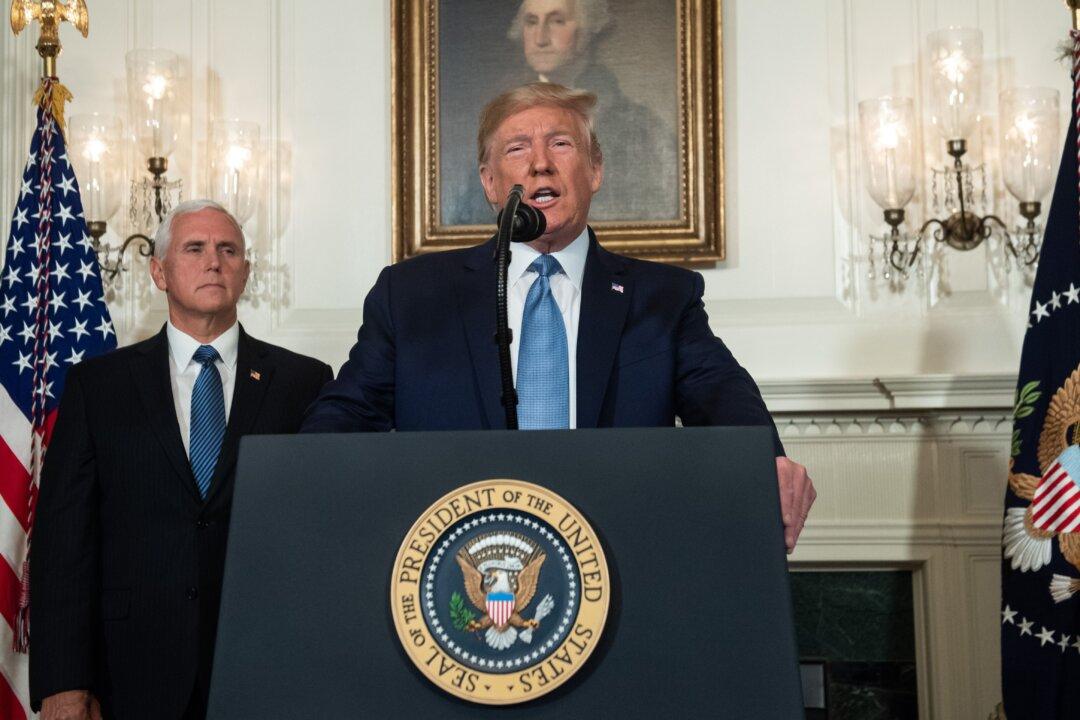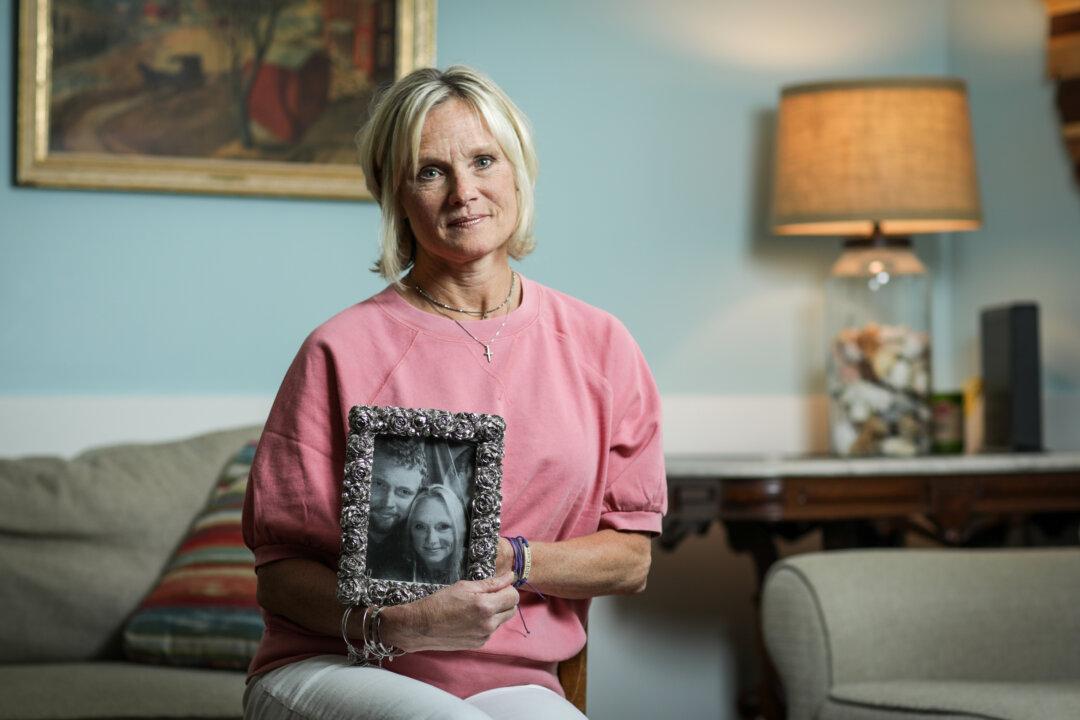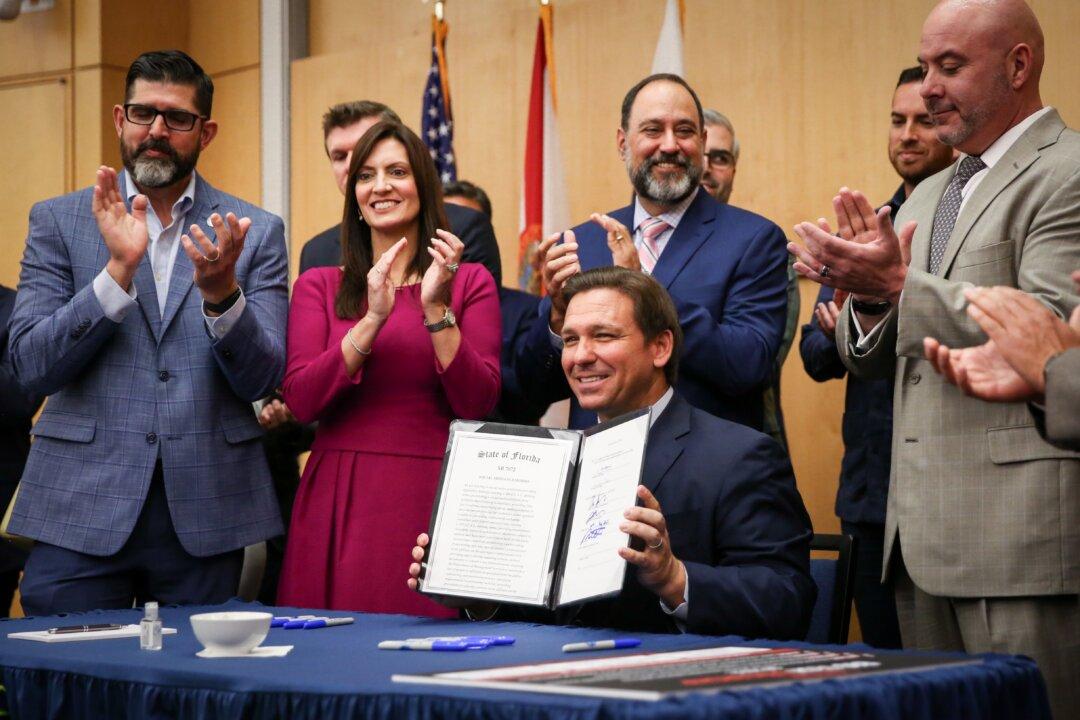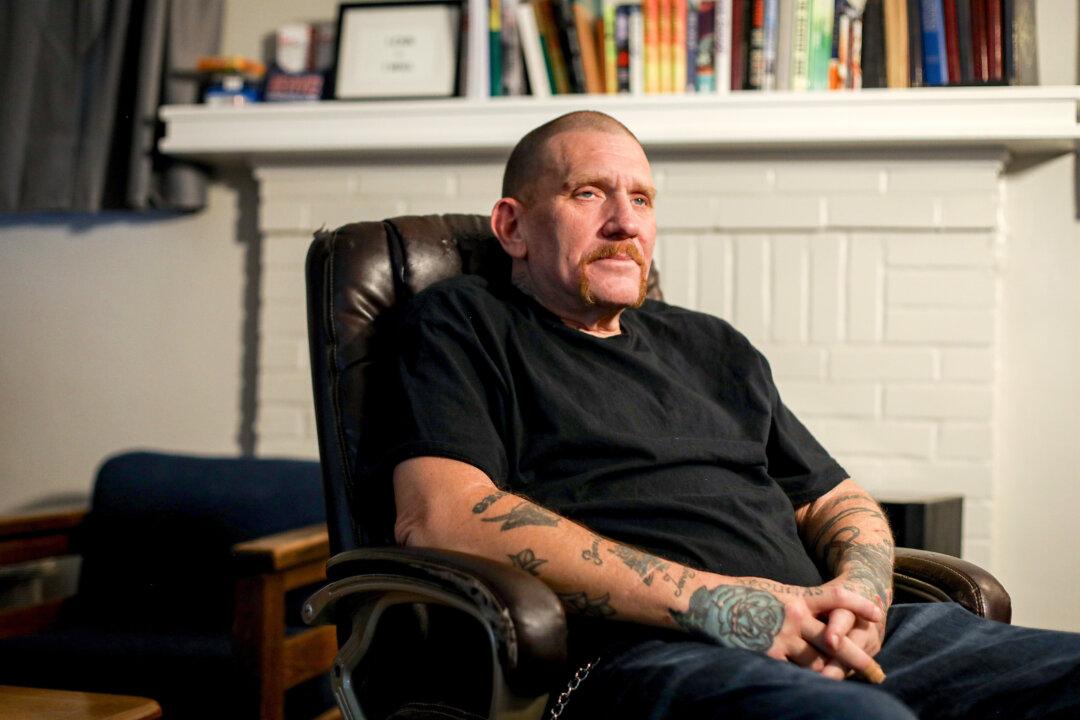President Donald Trump proposed a series of actions to combat mass shootings, from implementing “red flag” laws and reforming mental health laws, to enacting the death penalty for those who commit hate crimes and mass murders.
As he addressed the nation in the Diplomatic Reception Room on Aug. 5, Trump also called for the nation to “condemn racism, bigotry, and white supremacy.” He said these “sinister ideologies” must be defeated.





